
The toilet paper market has seen a significant growth trajectory, influenced by an increased focus on health and wellness globally. Consumer behaviors have shifted, particularly in the realm of home care products, impacting market dynamics. The industry faced disruptions due to the pandemic, but this also led to a surge in demand for at-home toilet paper products.
Preferences have emerged within the market, with 2 ply toilet paper being favored for its softness and durability, leading to a dominant market presence. However, the cost-effective and accessible nature of 1 ply toilet paper has also attracted a substantial consumer base.
Distribution channels play a crucial role, with B2C channels taking precedence, largely due to the convenience of online and offline retail options. E-commerce, in particular, is expected to see significant growth, reflecting changing consumer purchasing habits.
Regionally, North America has been a major player, with the U.S. leading in consumption. The market is also supported by a strong domestic manufacturing base. Meanwhile, the Asia Pacific region stands out as a key supplier of raw materials, poised for rapid growth in the coming years.














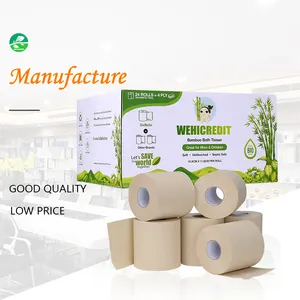




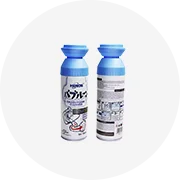
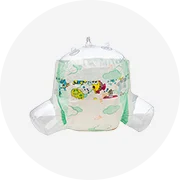

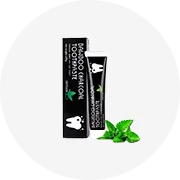

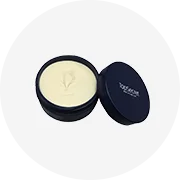
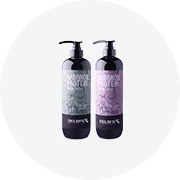



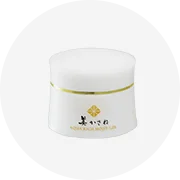
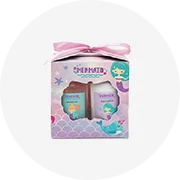


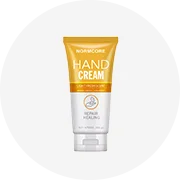


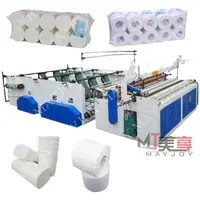









 浙公网安备 33010002000092号
浙公网安备 33010002000092号 浙B2-20120091-4
浙B2-20120091-4